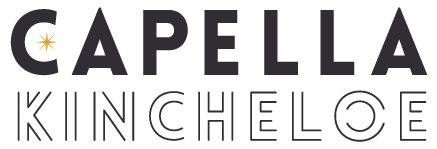7 Monthly Financial Tasks for Interior Designers
All month we’ve been talking about being smart about your business finances. Just because you are a creative you are not excused from the good financial habits that will help you create a profitable interior design business. In fact, not knowing and understanding your numbers is a sure sign that your business won’t be a success.
Savings
Interior design work can be inconsistent, to protect yourself and your business it is always smart to put a little each month - or from each payment into a savings account. Having some savings can be the difference between weathering a dry period and having to find another job.
2. Pay Yourself
When you own a business you should be getting paid. It’s good to get into the habit of paying yourself from the beginning. Pay yourself a percentage of your income or a fixed rate. When you’re just starting an investing most of your business income back into the business - I still think it’s a good habit to pay yourself a little something - even if it’s $100/wk because it creates good habits and tells your brain that paying yourself is important.
Read: How to Pay Yourself in an Interior Design Business
3. Read Financial Statements
You should be looking at your Balance Sheet, Income Statement, & P&L Statement monthly. If you keep good accounting - it should be an accurate portrayal of where you are financially in your business. What do your expenses look like? How is cash flow? Is your business making or losing money?
4. Check Accounts Receivable & Payable
These numbers will be on your financial reports, but I want you to look at them closely. What outstanding payments are you still waiting for? Do you need to follow up with a client about late payments? Are all your clients consistently late? Do you set up expectations around timely payments? This is a good time to see if your policies and current cash flow situation are working for you. or if something needs to change.
So just as you will look at what money you are still waiting to come in (accounts receiveable) you should also look and see what needs to go out.
5. Pay Sales Tax
If you’re buying things on behalf of clients, you should be using a resale certificate and passing sales tax on to the final user (your clients) - and in that process, you will be required to pay sales tax to your local authorities. With the right accounting program this is easy.
Read: Sales Tax Basics for Interior Designers
6. Reconcile Bank & CC Statements
Every month go through your bank and credit card statements. You’ll want to make sure that you have receipts for all your charges as well as look for anything fraudulent or maybe that you don’t use/need anymore that auto-bills. This is where you check that your accounting program numbers match the numbers in the bank account & credit cards. And these accounts must be separate from your personal accounts.
7. Pay quarterly self-employment taxes
Obviously this isn’t something that you’re going to do monthly, but it can be done with the rest of your monthly financial tasks in the months that they are due (April, June, September,January). If you don’t pay yourself a salary (one where tax is automatically withheld) you can have your accountant create the statements that go with the payments so all you have to do is cut the check to IRS and put it in the mail.











